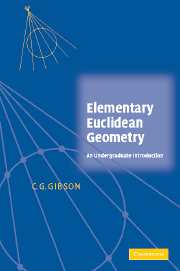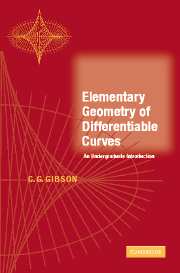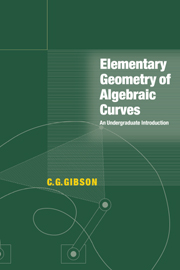Elementary Euclidean Geometry
This book, first published in 2004, is a genuine introduction to the geometry of lines and conics in the Euclidean plane. Lines and circles provide the starting point, with the classical invariants of general conics introduced at an early stage, yielding a broad subdivision into types, a prelude to the congruence classification. A recurring theme is the way in which lines intersect conics. From single lines one proceeds to parallel pencils, leading to midpoint loci, axes and asymptotic directions. Likewise, intersections with general pencils of lines lead to the central concepts of tangent, normal, pole and polar. The treatment is example based and self contained, assuming only a basic grounding in linear algebra. With numerous illustrations and several hundred worked examples and exercises, this book is ideal for use with undergraduate courses in mathematics, or for postgraduates in the engineering and physical sciences.
- Example based to aid learning
- Self-contained introduction suitable for students of mathematics, engineering and science
- Modern treatment of a subject undergoing a renaissance
Reviews & endorsements
'This is a nice and self-contained introduction into the geometry of the lines and the conics in the Euclidean plane within an analytical context'. Zentralblatt MATH
Product details
May 2006Adobe eBook Reader
9780511189425
0 pages
0kg
60 b/w illus.
This ISBN is for an eBook version which is distributed on our behalf by a third party.
Table of Contents
- 1. Points and lines
- 2. The Euclidean plane
- 3. Circles
- 4. General conics
- 5. Centres of general conics
- 6. Degenerate conics
- 7. Axes and asymptotes
- 8. Focus and directrix
- 9. Tangents and normals
- 10. The parabola
- 11. The ellipse
- 12. The hyperbola
- 13. Pole and polar
- 14. Congruences
- 15. Classifying conics
- 16. Distinguishing conics
- 17. Uniqueness and invariance.





